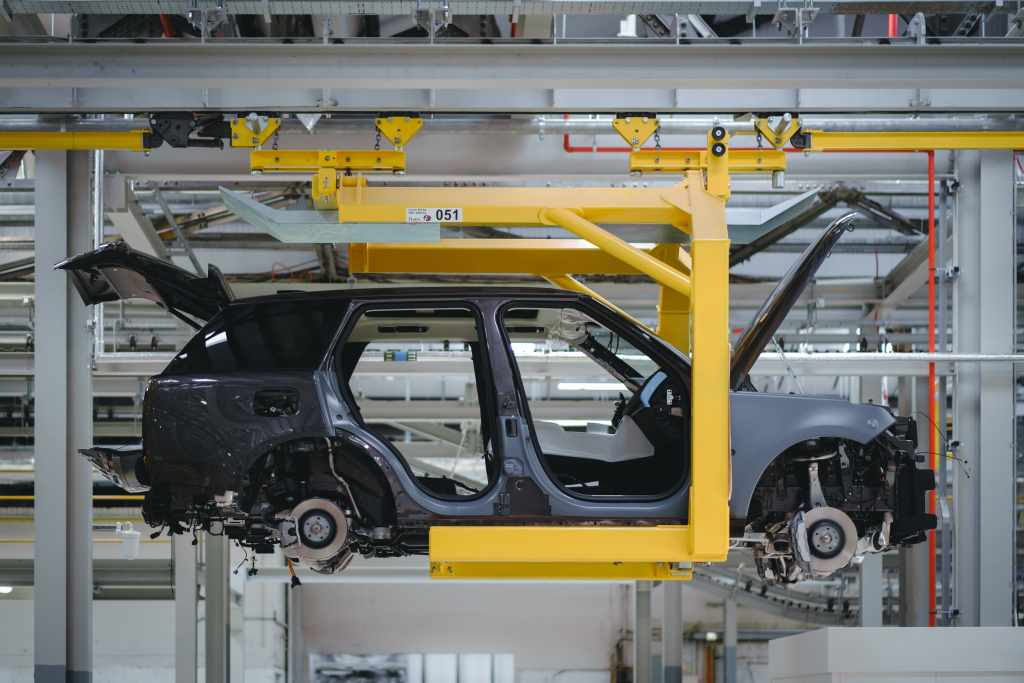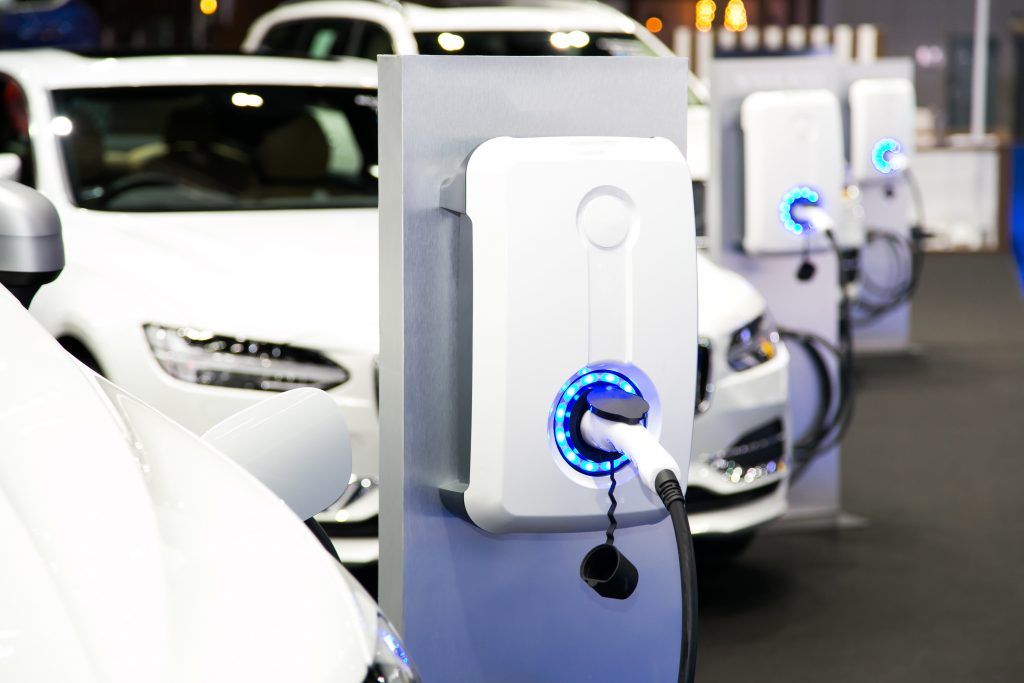Jaguar Land Rover (JLR) has announced £15bn electrification plans, including its Halewood plant becoming an all-electric production facility – and its next medium-size SUV being pure-electric.
The firm’s Chief Executive Officer Adrian Mardell reaffirmed the business’s commitment to its Reimagine strategy, which will reposition the company as an electric-first, modern luxury carmaker by 2030. Investment of £15bn over five years will be made in JLR’s industrial footprint, vehicle programmes, autonomous, AI and digital technologies and people skills.
JLR confirmed it will start to invite applications for client orders for the modern luxury all-electric Range Rover from later this year. The first of its next generation medium-size modern luxury SUVs will be an all-electric model from the Range Rover family, launching in 2025 and built at Halewood in Merseyside.
The firm said it would retain the flexible modular longitudinal architecture (MLA) on which Range Rover and Range Rover Sport are built offering internal combustion engine (ICE), hybrid and battery electric vehicle (BEV) options.
JLR also revealed its Engine Manufacturing Centre in Wolverhampton, currently producing Ingenium internal combustion engines for its vehicles, will produce electric drive units and battery packs for its next generation vehicles. It will be renamed the Electric Propulsion Manufacturing Centre to reflect the move.
The firm’s historic Castle Bromwich site will have its stamping facilities that prepare pressed body metalwork for JLR’s vehicles expanded for the company’s electric future – and it will “continue to explore options for other parts of the Castle Bromwich site”.
Mardell said: “Today I am proud to announce we are accelerating our electrification path, making one of our UK plants and our next-generation medium-size luxury SUV architecture fully electric. This investment enables us to deliver to our modern luxury electric future, developing new skills, and reaffirming our commitment to be carbon net zero by 2039.”
Image courtesy of JLR








